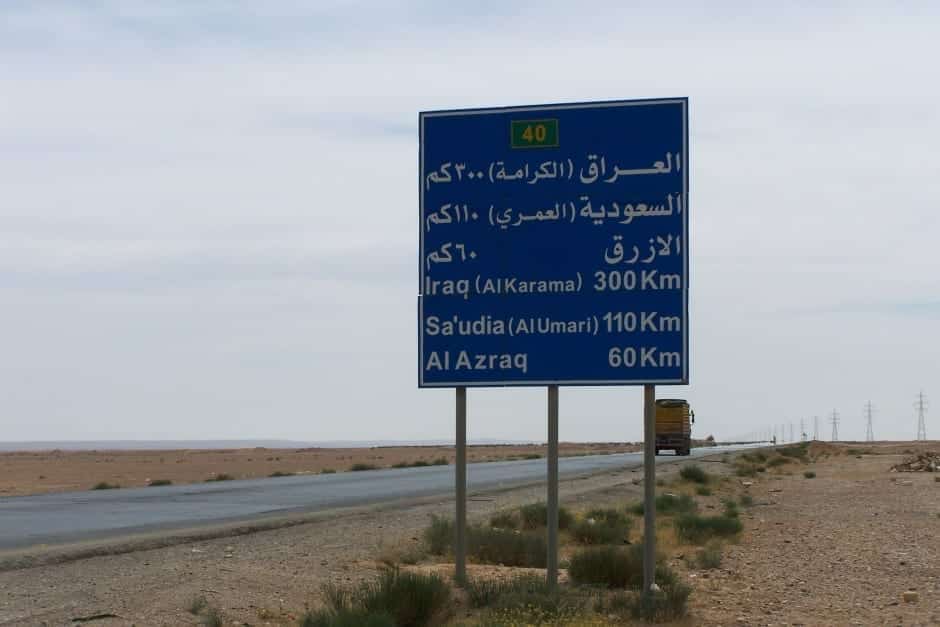Even though I’ve been traveling internationally for a couple of decades, I have somehow managed to avoid driving overseas. When I was younger, it was a matter of budget. I didn’t have much of one. As I got older though, I enjoyed using the public transportation in new cities; metro systems for me are as big a travel highlight as landmarks or museums. I don’t think I was avoiding driving, not really, it just wasn’t a necessity. That’s changing this summer.
I will be driving in not one, but two countries – New Zealand and Australia – and the question came up of what do I need in order to be street legal in these far away locales.
I first posed the question to a few Twitter friends, none of whom were sure of the answer. I then decided to involve Facebook and once again I was met with a mixed bag of answers. No one really seemed to know the answer and, as it turns out, there was a reason for that.
First, the short answer is that no, in most (but not all) situations, you do not need an international driver’s permit. BUT, finding out the reason is a bit complicated. First, I turned to the U.S. State Department, keeper of all practical information for American travelers abroad. Their web site though artfully dodges the question by stating similar, but incongruous facts.
Although many countries do not recognize U.S. driver’s licenses, most countries accept an International Driving Permit (IDP). An IDP (which cost me $15 at AAA) functions as an official translation of a U.S. driver’s license into 10 foreign languages.
Let’s separate the facts. Most countries do accept a U.S. Driver’s license as proof of driving ability. This has been set up through international conventions and the United States in return accepts many international licenses for temporary visitors. That’s actually an important note, if you are going overseas for a prolonged period of time, this information may not be applicable to you.
Some countries, but not all, accept the U.S. Driver’s License, but only with an accompanying translation. This is where the International Driver’s Permit comes into play. The Permit is just that, a permit, and not a license and holds no value unless used in conjunction with your own driver’s license. So, if you are traveling to a non-English speaking country, it would be smart to have in your possession a translation of your license or, you guessed it, the Permit.
Then, just to add a fun twist, some countries don’t accept either. China technically requires drivers to obtain a special license, but this tends to be easier if you already have a U.S. Driver’s License.
So to sum up, you do NOT need an International Driver’s Permit if you are traveling to an English speaking country. You MAY need a Permit or translation of your license if you are traveling to a non-English speaking country, but always check first. SOME countries have special rules and regulations that you have to follow before you are allowed to drive.
Any traveler should always review the laws of new countries and definitely make sure they are following all rules and laws to the letter, especially when it comes to driving.
Where to obtain International Driver’s Permit in United States:

